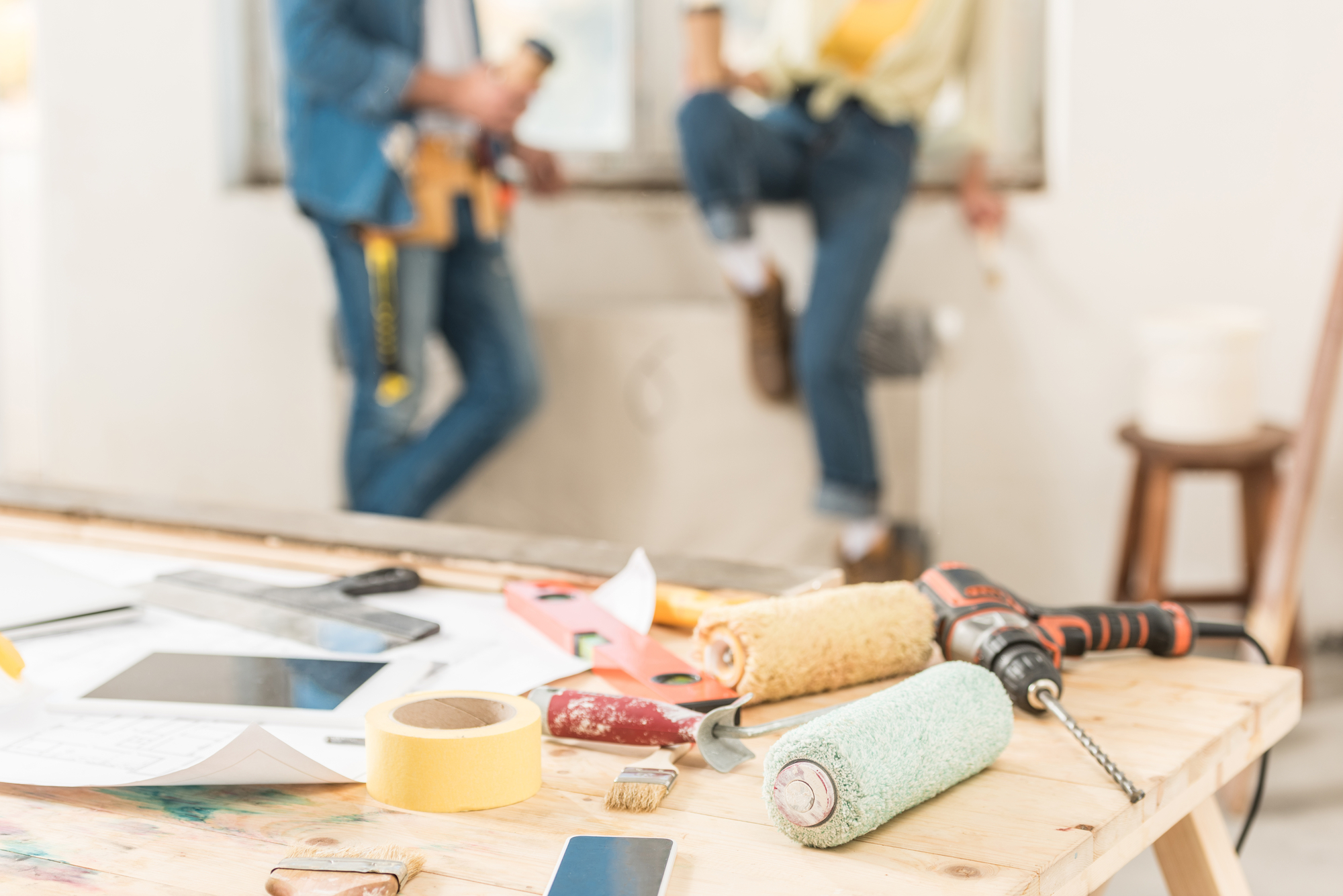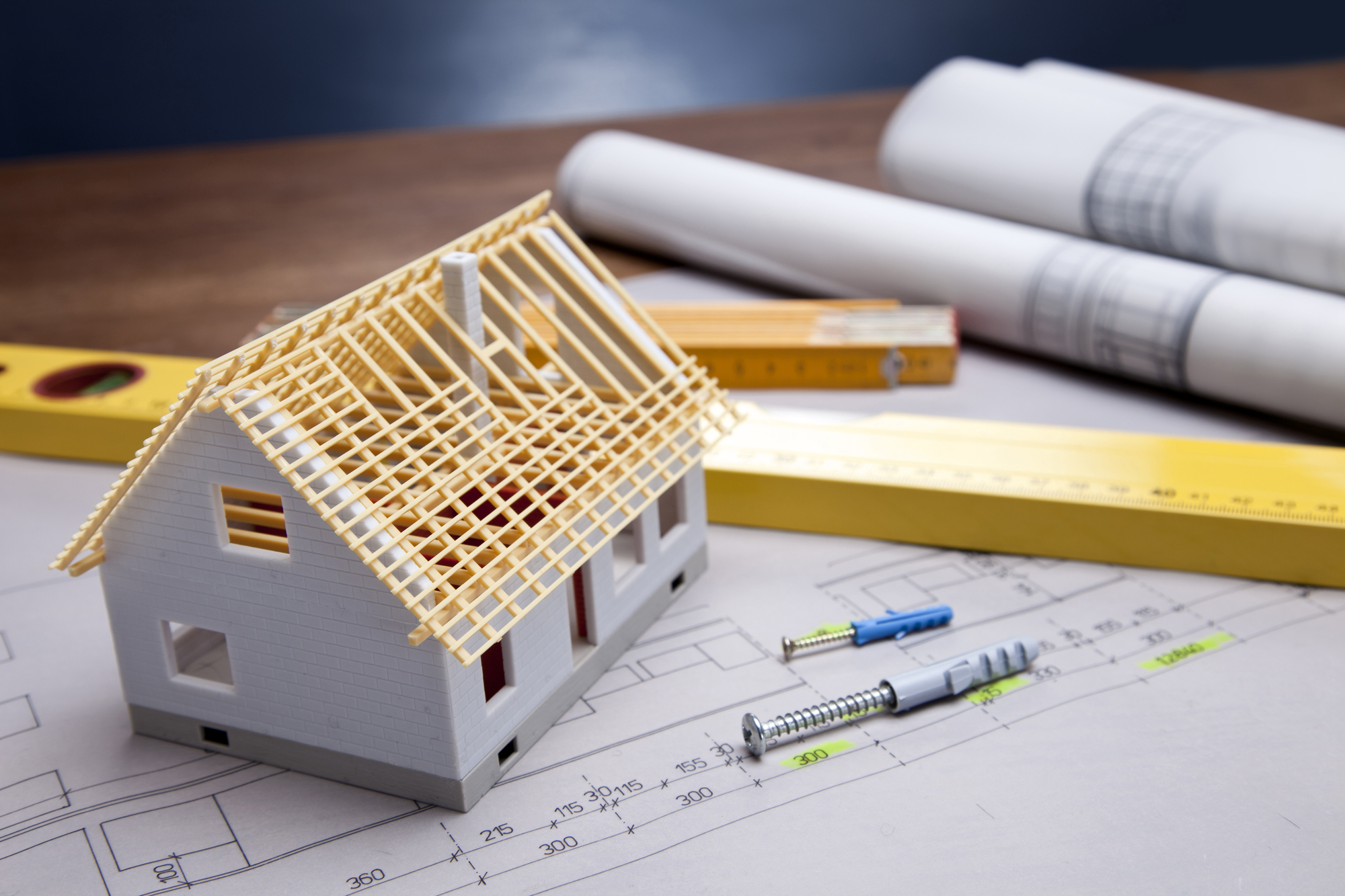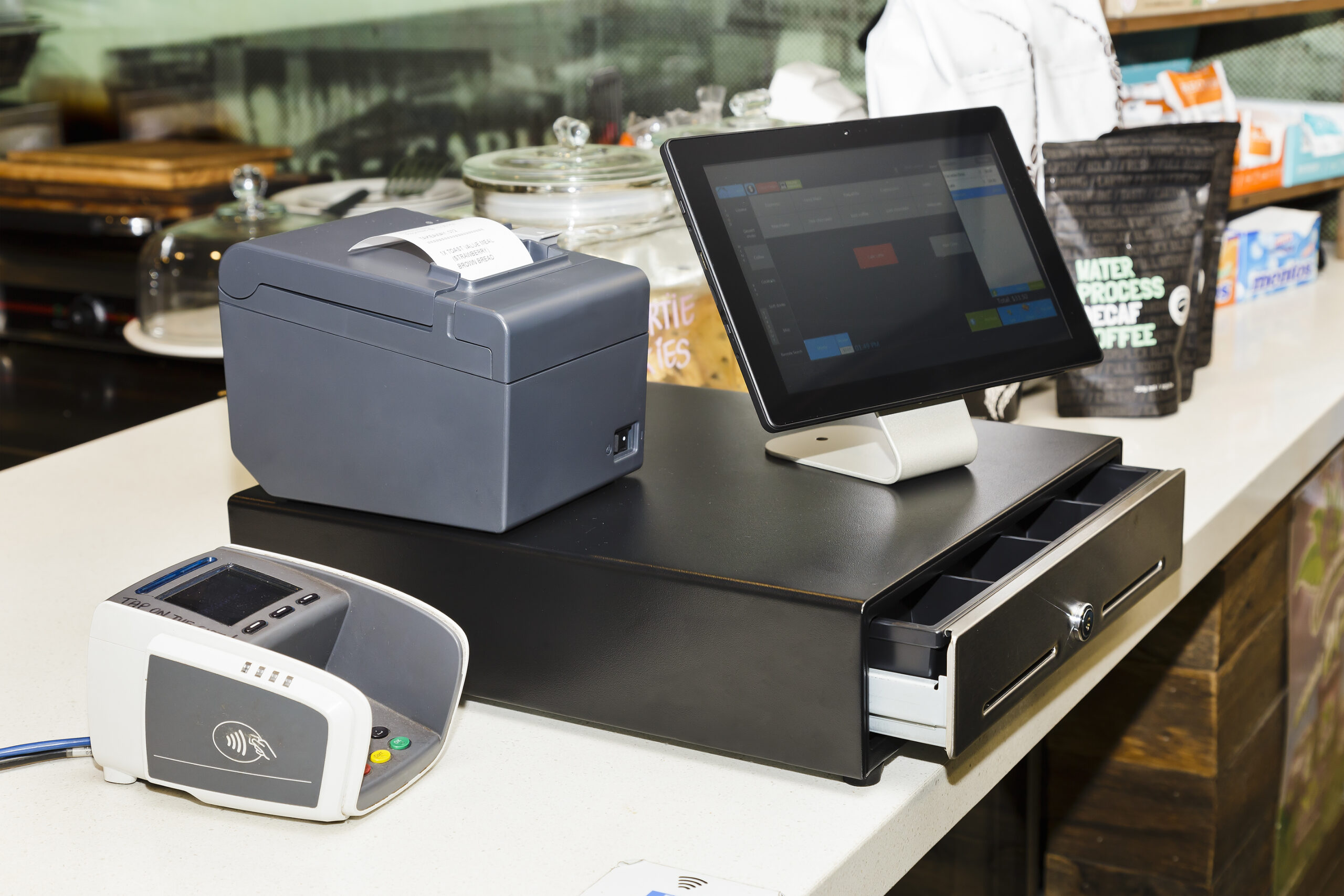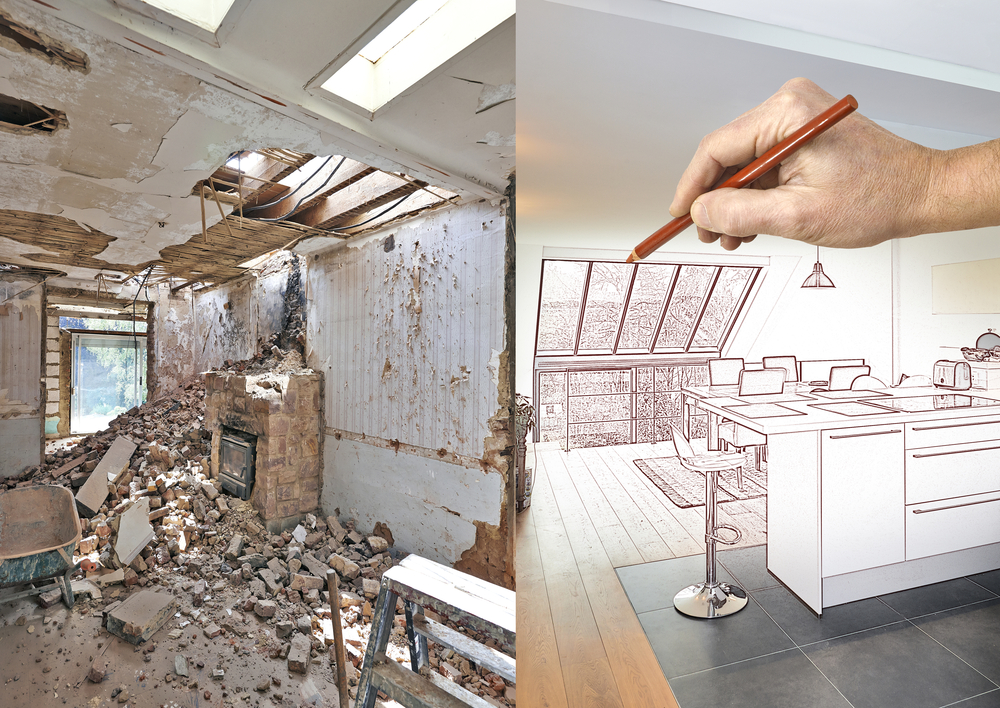Interior Demolition Hazards To Watch Out For
Thinking of starting an interior demolition project? You may want to reconsider doing the work yourself. Demolition is not as easy as they make it seem on movies and TV shows. There are a considerable number of hazards you could encounter, from asbestos exposure to bodily injuries.
What sorts of hazards can come up during interior demolition? We’ve gathered responses from professionals in the industry about what can go wrong:
Permits and Permissions

It’s always important to get the little things done. Leonard AngAng, with iProperty Management, reminds us of this by saying:
“Before you break anything down inside your property, make sure you have a permit! Make a plan, and budget for unexpected circumstances. You never know what resides in the foundation until you’re smelling it!”
James Upton is a bathroom renovation contractor in the Seattle area and owns the blog diytileguy.com, which provides tile installation help to the DIY’ers. James shares a fews tips saying: The first thing that should be done before starting any demolition is to find out where the water shut-off is for the home. Then have a plan for how to shut it off in an emergency. This simple step can turn a major disaster into a minor inconvenience.
Beyond that, protecting the home is important. Have a path to and from the area getting renovated. Put up some plastic and a zipper door for access. Always control the airflow of the room with either a fan or an air scrubber. And leave the sledgehammers to the DIY television shows.
Proper Equipment
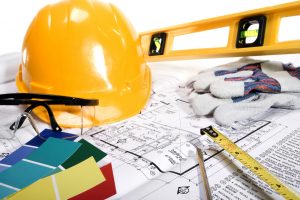
Khari Washington is the owner of 1st United Realty and Mortgage and a seasoned house flipper for over 13 years. Khari has extensive experience in renovations and says,
Demolition is an area where workers can get careless. Since demo takes less skill and sometimes less precision than other trades, workers often start to sacrifice safety for speed. They also miss hazards that can cause harm.”
He explains: It is first important that everyone has gloves, steel-toed boots, eyewear, and hard hats during demolition. While demoing, nails can come loose, other things can inadvertently fall, and the demo pieces could puncture the skin. It is important to have the safety equipment needed to prevent these things from causing harm.
Common hazards include nails, hot electrical wires, water pipes, and items unexpectedly falling. To avoid these issues, first a demo should be planned out and potential hazards discussed. Next, workers need to know not to sacrifice speed for safety. They need to be deliberate and careful in what they demo. Finally, all workers need to stay alert. A site with demo work is changing throughout the day, so workers can not assume their surroundings will always be the same.
Jack Miller owns a home improvement blog, How I Get Rid Of. He’s a home improvement and pest control expert with more than 15 years of experience. Jack says to:
Protect your eyes: Especially if you’re dismantling something from a wall, the debris that falls off may land in your eye and cause injury. So whenever you’re doing this type of work, be sure you have safety glasses on.”
Protecting Yourself Against Risks
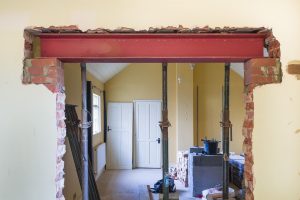
Joshua Haley reached out on behalf of Moving Astute to share his thoughts. He says, “Demolition of any structure, especially one that has been in place for a long time is always a risky process, and not just for those performing the demolition! Endangered by falling debris or weakened by buckling walls, the people inside are certainly at risk. Hostile environments, dangerous materials and uncontrollable situations can all contribute to injuries, or worse, during demolition work. Whilst there are many things that a building owner can do to try and control the risks involved with this type of work he should not rely on his own efforts alone but instead take all possible precautions to protect the people that will be working under him.”
Debris Hazards
Joshua continued by explaining that, “By definition, demolition is the tearing down of a structure but this simple phrase hides a multitude of potential problems, many of which are not always obvious to the untrained eye. For example it’s quite common for buildings to contain asbestos and lead paint which can both pose huge health risks to anyone that disturbs them. In addition to these hidden dangers there are a wide range of possible risks associated with demolition such as falling masonry, sharp edges and collapsing floors, making the work one of the most dangerous occupations in the construction industry. Given the range of possible dangers involved with interior demolition it’s important to remember that this type of work must only ever be carried out by professionals who are fully aware of the risks and have been trained to deal with them.”
When asked about interior demolition hazards, Ralph Severson, from Flooring Masters, shared his experience in watching people unsafely remove scrap materials and injuring themselves. He elaborates on this by saying:
We always take each piece out as we remove it from the home. I have seen many people get hurt piling things onto a tarp or wheelbarrow, and attempting to lift it into the dumpster all at once. This is a great way to run a nail through your hand, or injure your spine. Taking it out one piece at a time keeps it out of the way, and makes it much more manageable.”
Fire Hazards
Randall Williams is the founder of Aegis Safe, a fire service company. He specializes in building and fire safety services and provides a specialized insight sharing:
“When carrying out demolition work to interiors, you should be aware of any fire risks present in your environment and be prepared to extinguish any fires that develop.
There are many potential fire hazards in this scenario, namely ignition sources and fuels. Ignition sources include household items such as electrical equipment, fixtures, and wiring. Demolition activities, such as grinding and cutting, may also become ignition sources via the generation of sparks and heat. Building materials, packaging materials, flammable liquids and gases present during demolition become common sources of fuels for fires.
You can reduce fire risks while carrying out interior demolitions by disposing of combustible waste materials in a timely manner and not letting them accumulate. Flammable liquids and material must be stored and handled in a safe manner to minimise risk.
If a small fire does happen to ignite it is important to have quick access to an appropriate, portable fire extinguisher to extinguish it quickly and effectively.”
Mold Hazards
With nearly a decade of experience heading the Mold Busters team, Charles Leduc is a certified professional mold inspector. When asked about demolition safety precautions, he responded with this:
For particularly bad mold problems, demolition is required. Even without the air being compromised by mold, great caution must be taken with protecting the lungs when doing demo work. A massive amount of typical household dust, mold spores, building material dust, pet dander and other contaminants are going to be in the air. The lungs must be protected by a proper respirator for anyone doing demolition. In a worst case scenario, your old home may have asbestos that you are unaware of. A quality respirator is a must for proper lung protection.”
Hiring A Professional

Homeowners are always looking for ways to save money on renovation projects. But when it comes to interior demolition, this is one project you shouldn’t cut corners on.
It’s easy to get injured during demolition work. What’s the best way to avoid these types of risks? Hiring a professional to get the job done will protect you from asbestos exposure or injuries from power tools.
The owner of Bella Contracting says, “You can’t compare the quality of a DIY job to what a professional demolition contractor offers. Without the proper training, you won’t know how to handle any safety hazards or unforeseen issues that could come up during the project.
Professional demolition contractors know how to identify structural instabilities that may result from these projects. For example, they can mark any load-bearing walls and make sure to reinforce the structure of the building before removing them.”

From hazardous debris to safety risks, it’s important to be aware of the potential problems associated with interior demolition projects. These dangers illustrate the importance of working with professional, highly-trained, and dependable contractors.
When you’re planning an interior demolition for your home or commercial property, make sure to consider all the risks that are involved with these projects.







